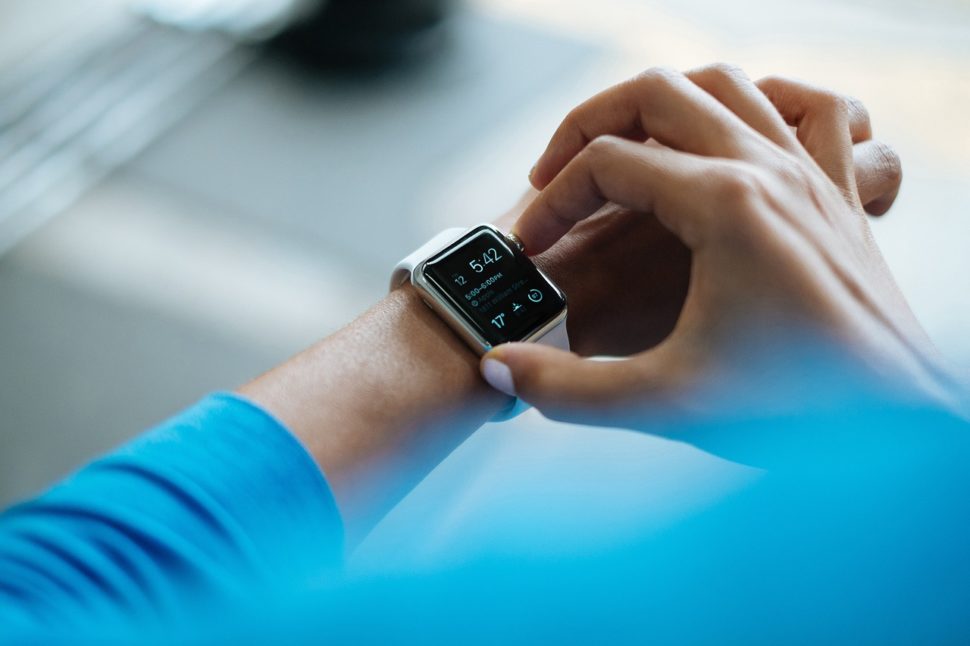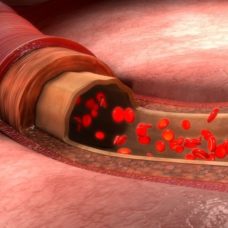In recent times, smart devices have become even smarter.
With the sensors embedded in electronic devices, not only can our gadgets sense our daily activities, but they can also measure them. Whether we’re walking, sleeping, or driving, our smart devices can now keep a daily record.
As good as modern gadgets are at sensing our everyday motions, they can be better. To prove this point, researchers at Carnegie Mellon University’s Human-Computer Interaction Institute (HCII) tweaked a standard smartwatch to detect a surprising number of things your hands are doing.
So, how did the researchers configure the smartwatch?
How To Create A More Sensitive Smartwatch
The researchers configured the watch’s operating system to enable the in-built accelerometer to better recognize hand-motion. These include activities such as washing dishes, cutting with scissors, typing on a keyboard, pouring from a pitcher, and petting a dog.
They then recruited 50 people to wear the tweaked smartwatches for 1,000 hours while going about their daily activities. Within a specific period, the watch would record a hand orientation or motion and ask the wearer to describe the hand activity at that moment.
Using this technique, the researchers detected bio-acoustic sounds that are linked with 25 different hand activities with about 95 percent accuracy. According to the researchers, those 25 activities are only the beginning.
One of the project researchers and HCII Ph.D. student, Gierad Laput said:
” The 25 hand activities we evaluated are a small fraction of the ways we engage our arms and hands in the real world.”
Benefits of Smartwatches With Hand Motion Sensing Capabilities
In the future, smartwatches could learn not to interrupt users during certain activities, such as handling a piece of power equipment or chopping vegetables, Laput said.
Besides, health-related apps can also benefit from enhanced hand motion sensing capability. For example, users can monitor activities such as smoking cigarettes, washing hands, and brushing teeth. It could also provide feedback to users that are undergoing physical rehabilitation.
According to Laput:
“Future work likely will focus on classes of activities — those associated with specific activities such as smoking cessation, elder care, or typing and RSI.”
Laput, together with an assistant professor in the HCII, Chris Harrison intend to present their work at the Conference on Human Factors in Computing Systems currently taking place in Glasgow, Scotland.


















Comments (0)
Most Recent